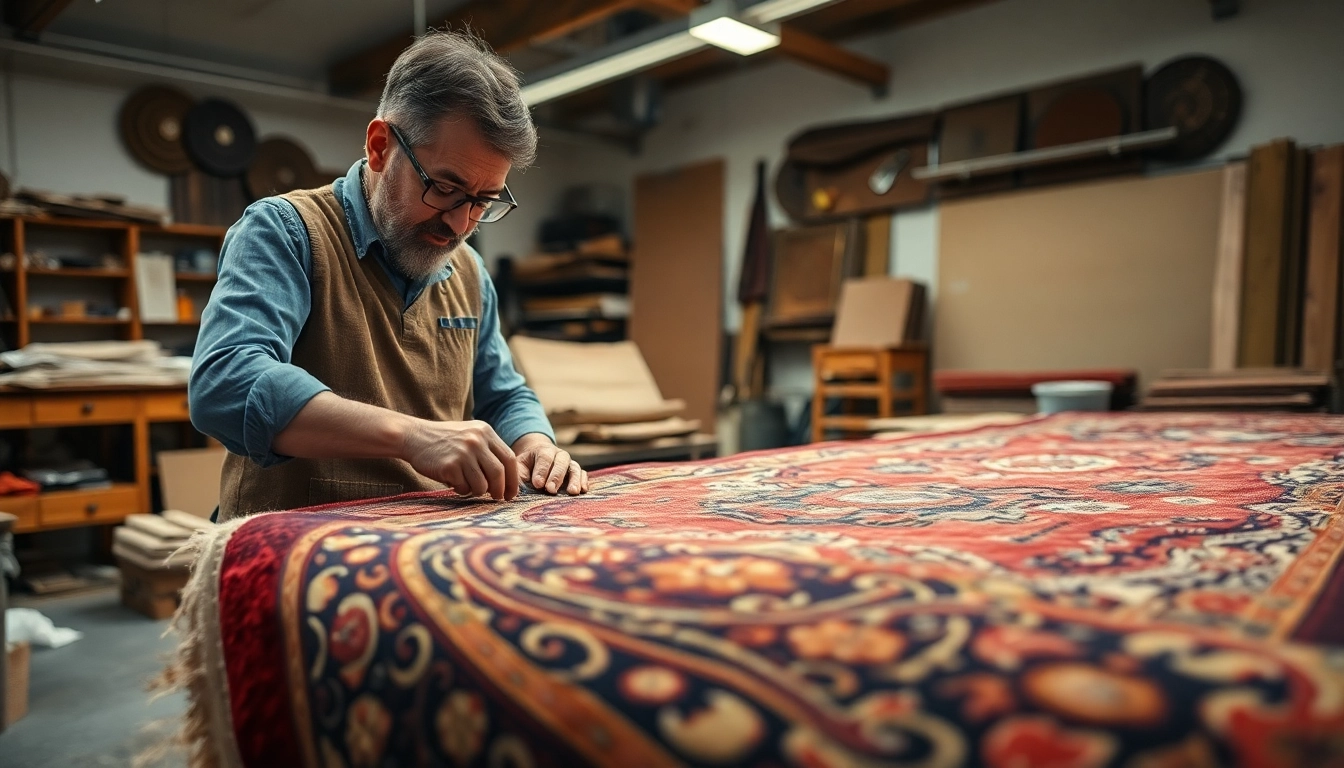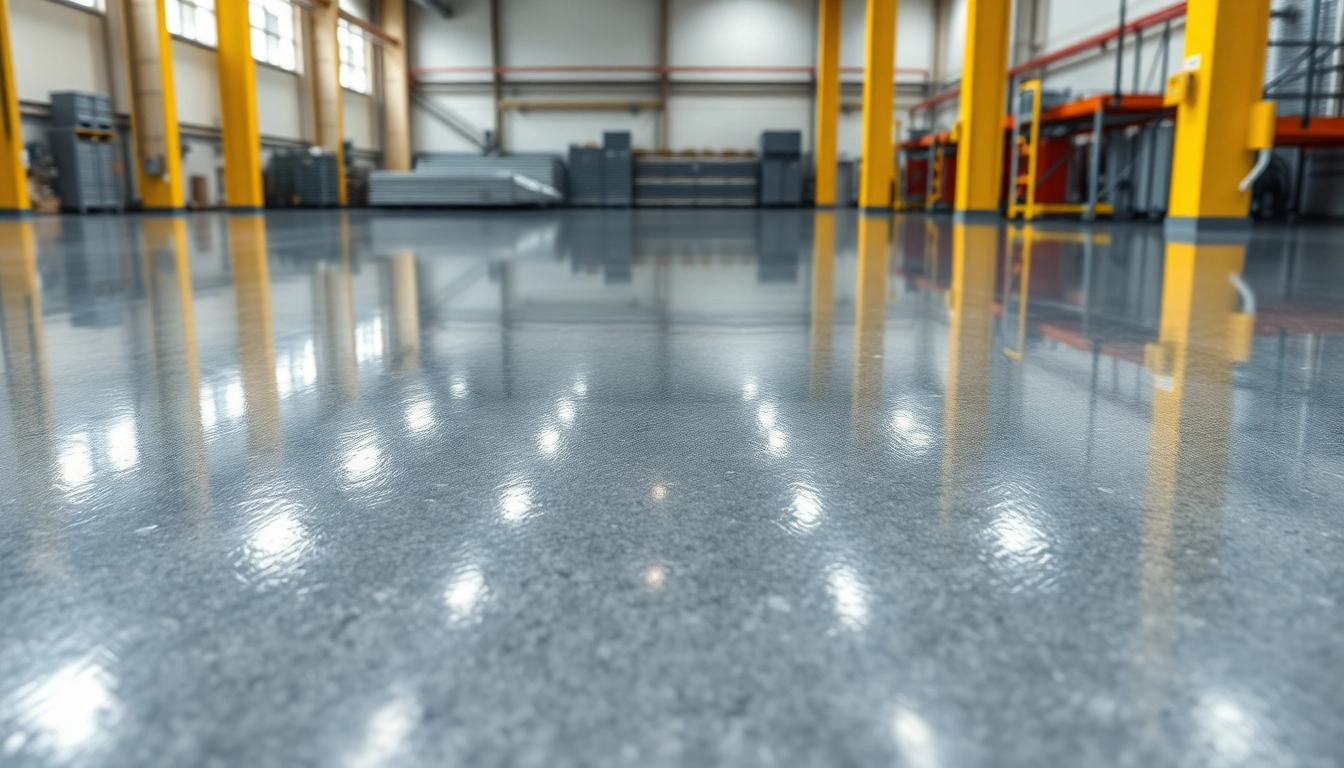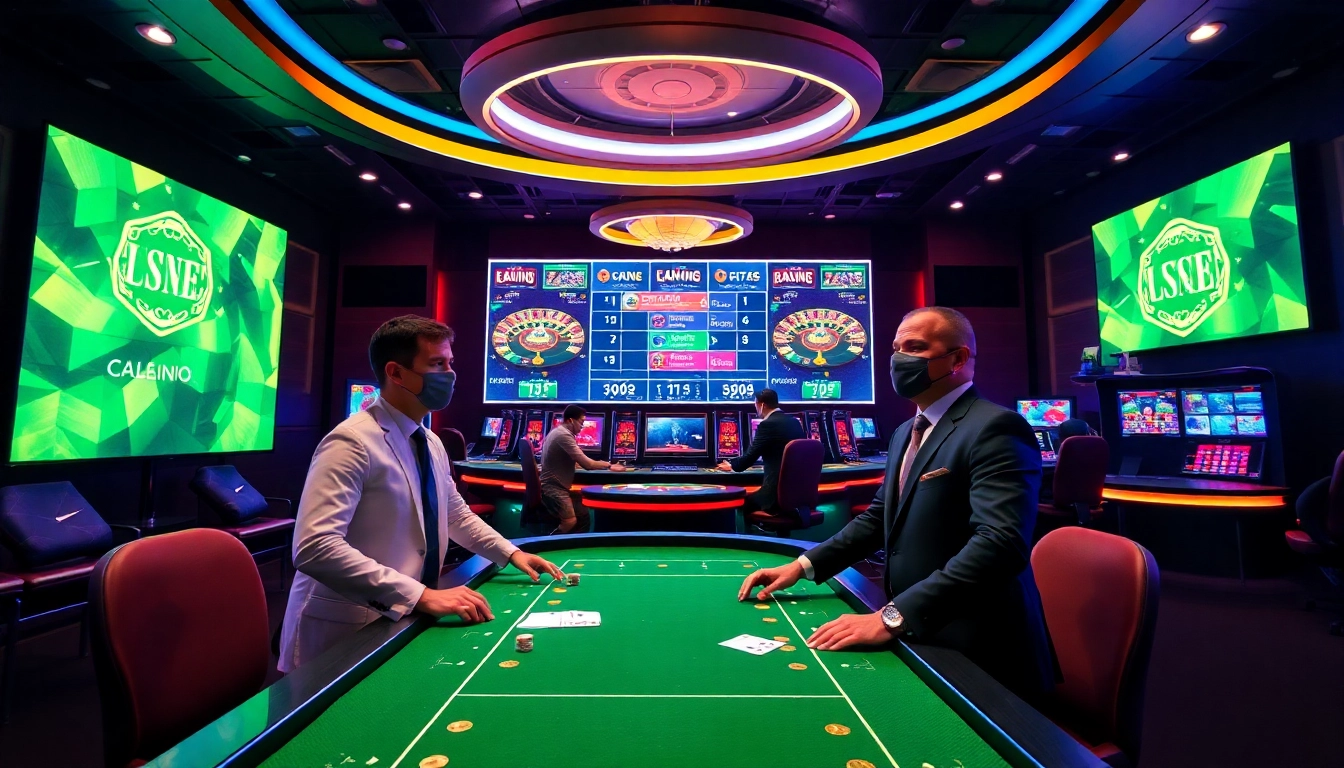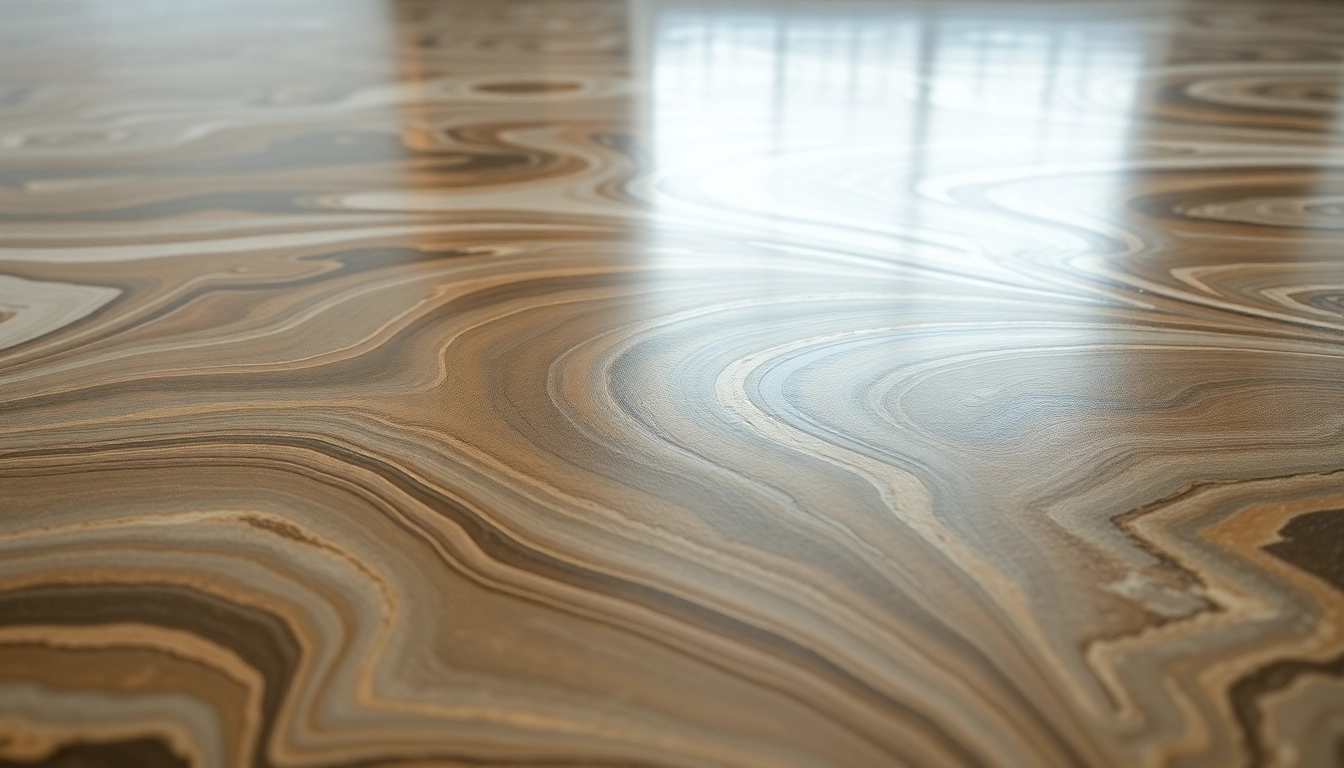Understanding Restauro Tappeti Milano: Why Proper Restoration Matters
Restoring valuable and delicate rugs is a highly specialized art that combines traditional craftsmanship with modern techniques. In Milano, where cultural heritage and artistry intertwine, Restauro Tappeti milano plays a vital role in preserving the elegance and integrity of these textiles. Professional rug restoration is not merely about cleaning or repairing; it’s about conserving history, artistry, and intrinsic value. Proper restoration ensures that each rug retains its aesthetic appeal and structural integrity for generations to come.
The Significance of Professional Rug Restoration
Professional restoration is essential to preserve the artistic, cultural, and monetary value of antique and modern rugs. An untrained hand or inadequate techniques can compromise delicate fibers, erase intricate designs, or even alter historical authenticity. Expert restorers understand the nuances of different textiles, dyes, and weaving techniques, enabling them to perform interventions that respect the rug’s original craftsmanship.
Common Damages and Restoration Needs
Rugs often suffer from damage caused by foot traffic, moisture, pests, or aging. Common issues include frayed edges, color fading, burn marks, holes, and staining. Pet-related damage such as scratches, urine stains, or chewed franges can also diminish a rug’s appearance and durability. Addressing these damages promptly through expert restoration not only enhances aesthetic appeal but also prevents further deterioration.
Historical and Artistic Value Preservation
Many rugs, especially antique or culturally significant pieces, embody historical craftsmanship and regional artistry. Restoration aims to uphold these qualities by using authentic techniques and materials. This effort safeguards the cultural heritage embedded within each fiber, ensuring that future generations can appreciate and learn from these masterpieces.
Restauro Tappeti Milano: Techniques and Best Practices
Traditional vs Modern Restoration Methods
Traditional methods rely on age-old craftsmanship, including hand washing, natural dye retouching, and delicate patchwork. Modern techniques incorporate advanced technology, such as laser cleaning and micro-suturing, to enhance precision and efficiency. Combining the best of both approaches allows restorers to preserve authenticity while improving durability and safety.
Step-by-Step Restoration Process
- Assessment and Documentation: A thorough evaluation of damage, fiber condition, and historical integrity, often supported by high-resolution imaging.
- Cleaning and Decontamination: Gentle washing using pH-neutral solutions, removing dirt, stains, and residues without harming fibers.
- Repair and Stabilization: Repairing holes, frayed edges, or chewed areas with matching fibers and dyes, often employing patching, reweaving, or knot repair techniques.
- Color Restoration: Carefully retouching faded colors using natural dyes or color-matched synthetic options, ensuring a seamless look.
- Final Finishing: Brushing, stretching, and grooming to restore the rug’s original texture and appearance.
Materials and Technologies Used
High-quality natural dyes, traditional hand-woven silk, wool, or cotton fibers are essential for authentic repairs. Technological innovations like ultrasonic cleaning and laser decontamination are employed to address stubborn stains or embedded dirt without risking fiber damage. Eco-friendly and non-toxic materials are increasingly favored to ensure safe and sustainable restoration processes.
Choosing the Right Restauro Tappeti Milano Service
Factors to Consider in Selection
When selecting a restoration provider, prioritize expertise in handling antique and modern rugs, a proven track record, and glowing client testimonials. Certifications from recognized industry associations, transparency in pricing, and detailed consultations are good indicators of quality service. Additionally, assess whether the service employs a comprehensive process encompassing cleaning, repair, and preservation.
Questions to Ask Before Hiring
- What restoration techniques do you use?
- Can you provide before-and-after photos of similar projects?
- What are your estimated costs and timelines?
- Do you offer warranties or guarantees on your work?
- Are your materials authentic and environmentally friendly?
How to Verify Credentials and Experience
Verify credentials through industry organizations such as the Associazione Nazionale Restauratori di Beni Culturali (ANABIC) or similar bodies. Look for certifications, years of experience, professional memberships, and reviews from previous clients. Visiting their workshop or requesting case studies can also provide insight into their craftsmanship and professionalism.
Cost and Timeframe: What to Expect
Pricing Factors for Rug Restoration
The cost of restoring a rug varies widely based on factors such as size, age, material complexity, extent of damage, and desired final quality. Typical prices can range from as low as $50 for minor touch-ups to over $1000 for intricate, antique restorations. It’s essential to obtain detailed quotations and understand what services are included to avoid hidden costs.
Typical Duration of Restoration Projects
The timeframe depends on the project’s complexity. Minor repairs and cleaning may take a few days, while extensive restoration of antique pieces can require several weeks. Discussing the timeline upfront helps set expectations and plan accordingly, especially if the rug holds sentimental or monetary value.
Value of Investing in Expert Restoration
While professional restoration entails cost and patience, the long-term benefits are invaluable. Restored rugs maintain or even increase in value and preserve cultural history. Moreover, expertly restored rugs are safer, cleaner, and more durable, offering aesthetic satisfaction and functional longevity.
Maintenance and Aftercare for Restored Tappeti
Daily Care and Cleaning Tips
Regular vacuuming with a gentle suction setting prevents dirt buildup without damaging fibers. Avoid aggressive scrubbing or exposure to direct sunlight, which can fade colors. Immediate cleaning of spills with blotting techniques prevents stains from setting. Using natural fiber-friendly cleaning methods preserves the restoration works’ integrity.
Preventive Measures to Avoid Future Damage
Placement of rugs away from direct sunlight, heaters, or humid environments reduces deterioration risks. Using rug pads prevents slipping and fraying at edges. Controlling pests like moths and carpet beetles through regular inspections also prolongs the lifespan of restored pieces.
Long-term Preservation Strategies
Periodic professional check-ups, especially for antique or high-value rugs, keep them in prime condition. Storage in climate-controlled environments ensures fibers retain their structure and color. Documentation and appraisals support ongoing valuation and provide a record for insurance purposes.





